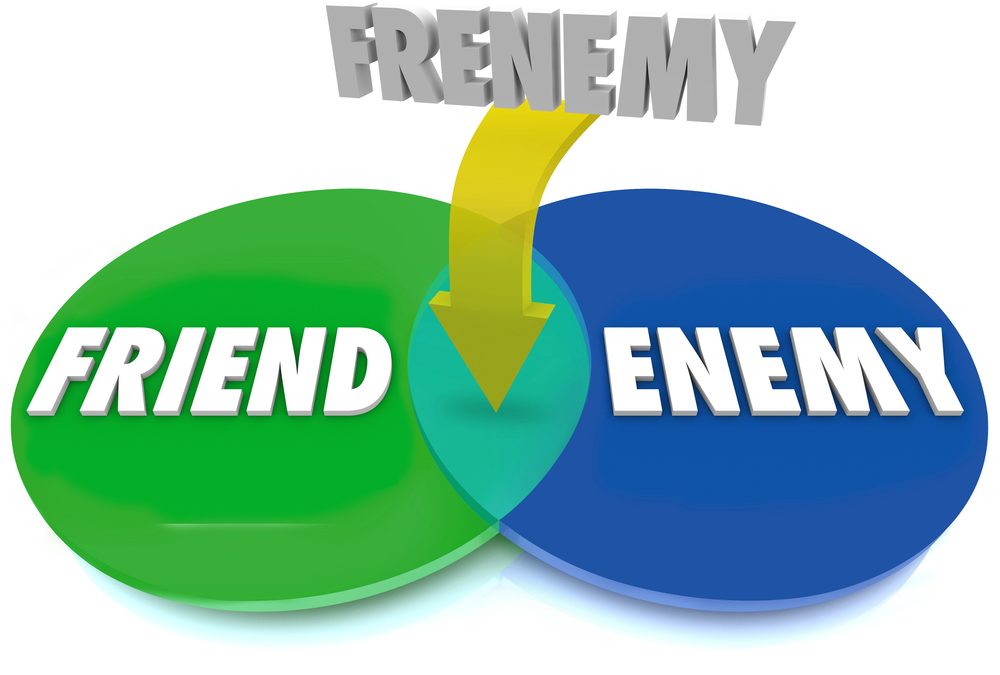There’s no shortage of general articles about time management, but there’s far less advice around “time leakage,” especially as it applies to professionals who bill clients for their time.
 Time leakage is the unbilled time spent by IT, digital & creative, consulting, engineering and public relations professionals that reduces their incomes or the incomes of their companies (read this Accelo whitepaper for more details).
Time leakage is the unbilled time spent by IT, digital & creative, consulting, engineering and public relations professionals that reduces their incomes or the incomes of their companies (read this Accelo whitepaper for more details).
I have written about how the modern workplace has evolved in many ways, but practical time management seems to have been left behind. I’d argue that like our time management skills, our ability to manage time leakage needs to be modernized.
Modern Correspondence Seems Cheap, But it’s Actually Expensive
For professionals such as lawyers, accountants, consultants and coaches, this issue is bigger than most people realize. This is partly because the way that we work has changed dramatically because of email.
In the past, correspondence came by mail or fax. It was easier from a tracking point-of-view to read it, respond to it, note the time spent on it and then move on to the next task. Many tasks would take 30 or 60 minutes, so spending 2 minutes to track it for billing purposes was reasonable. Now, if we’re reading 150+ emails per day, and spending 30 seconds or less for most of them, it’s hard to see how that can be tracked appropriately to specific clients (see this 2015 Harvard Business Review article for a more thorough analysis).
Accelo, a cloud-based software company, reported that “51 percent of respondents rarely or never track time spent reading and answering emails, and 28 percent said the same for meetings.”
 Similarly, many professionals will remember to bill for phone calls that last 15 minutes or longer, but we can easily lose track of the handful of short calls that we may take during the day, even though four or five of those calls may add up to an hour or more each day. All of these can add up to thousands or tens of thousands of dollars depending on the value of the professional’s time.
Similarly, many professionals will remember to bill for phone calls that last 15 minutes or longer, but we can easily lose track of the handful of short calls that we may take during the day, even though four or five of those calls may add up to an hour or more each day. All of these can add up to thousands or tens of thousands of dollars depending on the value of the professional’s time.
“Surveying 500 workers last summer, the firm Affinity Live calculated that each person lost $50,000 per year in revenue due to insufficient tracking of emails with clients and others. In total, “almost 40% of respondents reported never tracking time spent reading and answering email,” with only 33% of respondents saying they “always” or “often” do…
Taking into account the size of the professional services sector, Affinity Live, a company that specializes in professional services automation, estimates that the U.S. economy is losing 50 million hours, or $7.4 billion a day, in productivity (as reported by Gretchen Gavett, Harvard Business Review, 2015).”
Long and Productive Commutes Can Be Costly Too
A significant portion of the workforce spends a lot of time commuting. While we are sitting on trains or buses, we are often responding to emails and even taking on deeper planning and editing tasks. Unfortunately, most employers don’t consider that as time that counts. Imagine the impact on morale, workplace fulfillment, and productivity if that time did count. This 2018 Personnel Today article highlights many hidden implications of the modern commute that many people use to complete work tasks. The article cites recent research that argues that working commutes should be counted as work time or “billable hours.”
The fact that many of us do valuable work while commuting but we either don’t or can’t track it means that time and money are leaking during our commutes.
What’s the Best Time and Place for Work?
For some of us, the best time and place for work is Monday to Friday, from 9 a.m. to 5 p.m. But according to the Society for Human Resource Management (SHRM), for most of us, that’s just not true:
“We know that more than 90 percent of workers say they are least productive in the workplace, which means they need to find other times and places to be productive and meet their work goals.”
Odds are that this is due in part to the unintended consequences of open office plans, distractions from sensory overload, toxic workplaces, the inability to work from home, etc.
Plugging the Holes that Create Time Leakage
Many of the conditions that create time leakage are systemic and not always in the hands of the professional who is unwittingly losing tens of thousands of dollars from their incomes every year.
There is, however, another angle that warrants attention. It’s especially relevant for certain types of services.
Many people have knowledge and experience that is beneficial to others. Many people are also generous and have a hard time managing boundaries and setting limits on how much they should give away for free. 
Here are some common scenarios that will probably be familiar:
- “Let’s meet for coffee, I’d like to bounce some ideas off you.”
- “I’d like to pick your brain, when can we meet? I’ll pay for the coffee.”
- Free 15-minute consultations that extend beyond the specified time
- Clients who make repeated short phone calls instead of booking appointments
- Clients who send email instead of booking a paid call to get their answers
One modern solution for these scenarios is moving the interactions onto a mobile app called Magnifi. Imagine a Skype or FaceTime call that has a built-in meter, so that the person who is receiving the information or advice pays for the communication and your time. Magnifi makes it easy to remain generous; the expert, professional, consultant, or coach can still designate a certain number of minutes for free. Then, once the free time has elapsed, the person who is receiving the services pays for the time that they need. It’s a great solution for times when a full 30 or 60-minute appointment isn’t needed – and the client has already exhausted their free initial consultation.
So, if it’s possible, changing the workflow so that communication is verbal instead of email-based allows consultants and others to stop the leaking that happens because of poor tracking of email correspondence and short calls.
While using Magnifi, the meter is running. A running cost for the call is visible on their smartphone. At the end of the call, the client receives an email to confirm how much they have spent. The expert, consultant, or coach also receives an email to confirm how much they’ve earned and will be deposited into their account. It’s easy and transparent.
When an expert is unavailable, they simply toggle to “Unavailable” on the Magnifi app.
In addition, they can set their standard hours and rates in Magnifi.
The bottom line is this: when we give away too much time and energy, there’s a good chance we won’t bill enough to keep our business solvent and thriving. Billing for your time, even in small amounts, is just good business sense.
If you’re curious about whether self-employment is right for you or you’re not sure where to start, I invite you to contact me by email, or book a free 15 to 20-minute phone call. If you prefer messaging via social media, then send me a direct message on Twitter, Facebook, or LinkedIn.



